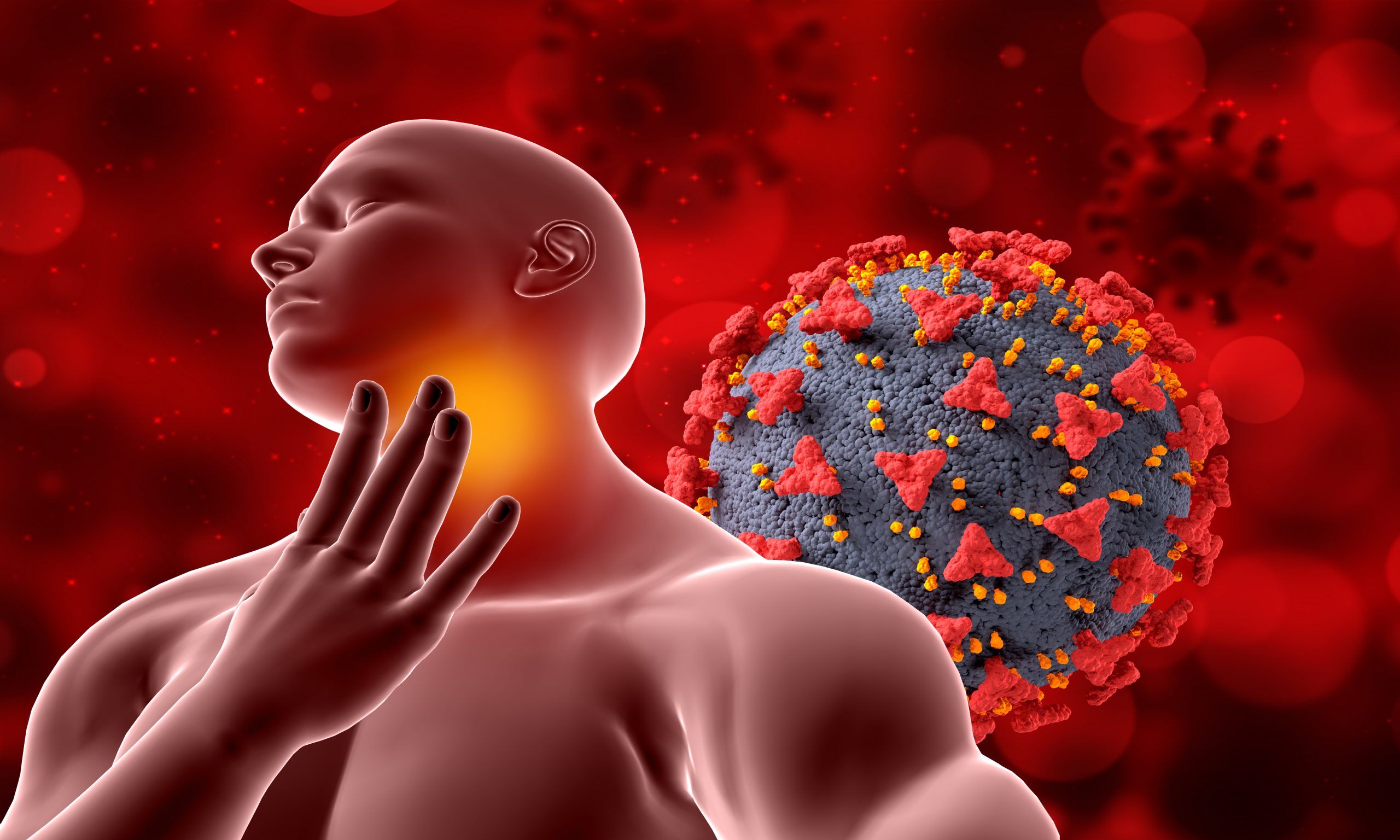

Japanese researchers have identified a chemical substance that may be used to treat a variety of autoimmune diseases, including rheumatoid arthritis and multiple sclerosis. Some illnesses develop when the immune system of the body malfunctions. Instead of attacking germs and illnesses as they should, the immune system assaults healthy cells and tissues. The effects of autoimmune disorders can be crippling for the millions of people who experience them globally. Rheumatoid arthritis produces excruciating joint pain, while multiple sclerosis can impair brain and spinal cord function.
“The key to the development of autoimmune diseases, and thus the way to inhibit this development, lies in our cells, but the underlying mechanism has always been unclear,” stated Prof. Hiroki Ishikawa, who leads the Immune Signal Unit at the Okinawa Institute of Science and Technology (OIST). “Now, our recent research has shed light on a compound that could suppress the development of these diseases.”
Prof. Ishikawa continued by saying that this study, which was written up in Cell Reports, might result in the creation of therapies for autoimmune illnesses.
The T helper 17 cells, or Th17 cell, was the subject of the study. T cells, a kind of cells that make up important components of the immune system, include Th17 cells. These cells, which are abundant in our guts and have developed to aid us in the battle against invasive infections, occasionally become overactivated and mistake healthy, normal tissue for pathogens, which causes autoimmunity. Glycolysis, a metabolic procedure where glucose is broken down and converted to energy to meet cells’ metabolic demands, is necessary for the production of Th17 cells. Glycolysis is crucial for the development of both Th17 cells and a wide range of cells.
“What’s interesting is that excessive glycolysis seems to suppress Th17 cell activity,” stated first author, Mr. Tsung-Yen Huang, a Ph.D. candidate in the Immune Signal Unit. “So, we hypothesized that molecules produced during glycolysis may inhibit the cells.”
Enter PEP, also known as phosphoenolpyruvate. This chemical substance is a byproduct of the metabolism of glucose into energy. PEP is produced every day in our bodies because it is an integral part of such a critical process. According to the study’s findings, PEP therapy can prevent TH17 cells from maturing, which reduces inflammation.
This conclusion initially confused Huang because it contradicted all previous studies on the subject. Yet, Huang persisted and determined to investigate the possibility further. They discovered a protein called JunB through their research, and it is crucial for the maturation of Th17 cells. Through binding to several certain genes, JunB facilitates Th17 maturation.
The study team discovered that PEP therapy prevents the development of Th17 cells by inhibiting JunB activation.
Using this knowledge, the researchers then utilized PEP to treat mice with autoimmunity-induced neuroinflammation. These mice had encouraging signs of recovery, and this illness is extremely similar to multiple sclerosis. To continue with this research, the scientists have now submitted a patent.
“Our results show the clinical potential of PEP,” explained Huang. “But first we need to increase its efficiency.”
In the past, scientists who were interested in creating medication for autoimmune illnesses frequently considered blocking glycolysis and, consequently, Th17 cells. The body’s numerous cell types depend on glycolysis; blocking it could have negative repercussions. PEP may be administered as a therapy without producing these negative effects.
more recommended stories
 Fat-Regulating Enzyme Offers New Target for Obesity
Fat-Regulating Enzyme Offers New Target for ObesityKey Highlights (Quick Summary) Researchers identified.
 Spatial Computing Explains How Brain Organizes Cognition
Spatial Computing Explains How Brain Organizes CognitionKey Takeaways (Quick Summary) MIT researchers.
 Gestational Diabetes Risk Identified by Blood Metabolites
Gestational Diabetes Risk Identified by Blood MetabolitesKey Takeaways (Quick Summary for Clinicians).
 Phage Therapy Study Reveals RNA-Based Infection Control
Phage Therapy Study Reveals RNA-Based Infection ControlKey Takeaways (Quick Summary) Researchers uncovered.
 Pelvic Floor Disorders: Treatable Yet Often Ignored
Pelvic Floor Disorders: Treatable Yet Often IgnoredKey Takeaways (Quick Summary) Pelvic floor.
 Urine-Based microRNA Aging Clock Predicts Biological Age
Urine-Based microRNA Aging Clock Predicts Biological AgeKey Takeaways (Quick Summary) Researchers developed.
 Circadian Control of Neutrophils in Myocardial Infarction
Circadian Control of Neutrophils in Myocardial InfarctionKey Takeaways for HCPs Neutrophil activity.
 E-Cigarette Use and Heart Attack Risk in Former Smokers
E-Cigarette Use and Heart Attack Risk in Former SmokersKey Takeaways for Clinicians and Nurses.
 36-Week Pre-eclampsia Screening May Reduce Term Risk
36-Week Pre-eclampsia Screening May Reduce Term RiskA New Preventive Strategy for Term.
 Cardiovascular Risk and Sudden Cardiac Death in Diabetes
Cardiovascular Risk and Sudden Cardiac Death in DiabetesRising Sudden Cardiac Death (SCD) Risk.

Leave a Comment